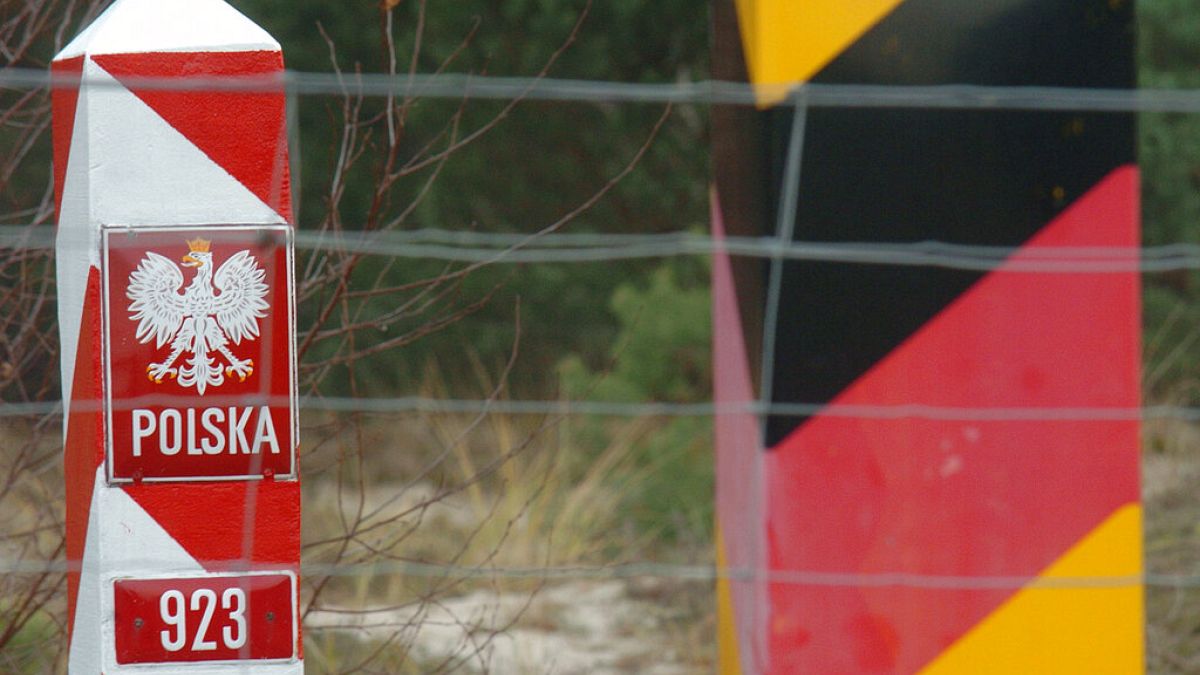Poland is set to introduce border controls with Germany and Lithuania on Monday, in response to growing criticism of Berlin’s decision to push thousands of migrants, who they claimed had crossed the border illegally, back to Poland.
The Government Security Centre issued an alert on the issue, announcing “Border Guard control at the border with Germany and Lithuania (entering Poland) is being introduced from 7 July.
The RCB alert has been activated throughout the country.
The decision was announced by Prime Minister Donald Tusk last week on Tuesday during a cabinet meeting.
“We have taken the decision that we are re-establishing temporary control at the Polish border with Germany and the Polish border with Lithuania”. – informed the Prime Minister, adding that the measures would come into force on 7 July.
As Poland, Germany and Lithuania are part of the Schengen area, border controls between them can only be carried out in exceptional circumstances. Normally, there is a free movement policy of people across borders within the zone.
However, Schengen countries may introduce border controls in what they consider to be ’emergency’ situations, which occurred during the COVID-19 pandemic, or as a ‘last resort’ for security threats.
Such measures are supposed to be temporary, but in practice can be renewed several times.
Since 2023, Germany has had controls at its borders with Poland and the Czech Republic in response to illegal migration. Last year, they extended these controls to all their borders.
The German Chancellor reacted to Tusk’s decisions during a press conference with the Luxembourg Prime Minister on Tuesday.
“Of course we want to preserve the Schengen area, but freedom of movement within it will only work in the long run if it is not exploited by those who promote illegal migration, and especially by migrant smugglers,” – he said.
Poland has also announced that it will implement controls with Lithuania, in relation to migrants entering the country westwards from Belarus and neighbouring Baltic states.
Lithuania responded to the situation by calling for closer cooperation between the two countries, but stressed that it would not implement its own controls along its common border with Poland.
The head of Lithuania’s Foreign Ministry said on Saturday that the country “has no plans to reintroduce border controls”.
“Nevertheless, our forces, i.e. officers not only of the border guards but also of the police, will cooperate closely,” he – he added.
Despite doubts about the compatibility of the measures with the Schengen guidelines, Interior and Administration Minister Tomasz Siemoniak confirmed that the measures would be implemented.
“On the night of Sunday to Monday we are introducing border controls at these borders. This is taking place in accordance with EU regulations and the Schengen Borders Code.” – emphasised the minister in Budzisko on the Polish-Lithuanian border.
“The reason for this decision is a common problem that we have as Lithuania, Poland, the European Union, that is the fight against illegal migration”. – he added.
Siemoniak also stressed that he could reinstate the decisions “if Germany lifts its controls”.
In Lithuania, controls will be carried out at 13 places, including three border crossings. The remaining 10 border crossing sites will be ‘ad hoc control sites’, which can be used by local residents.
In Germany, border controls will be carried out at 52 locations.
Read the full article here


